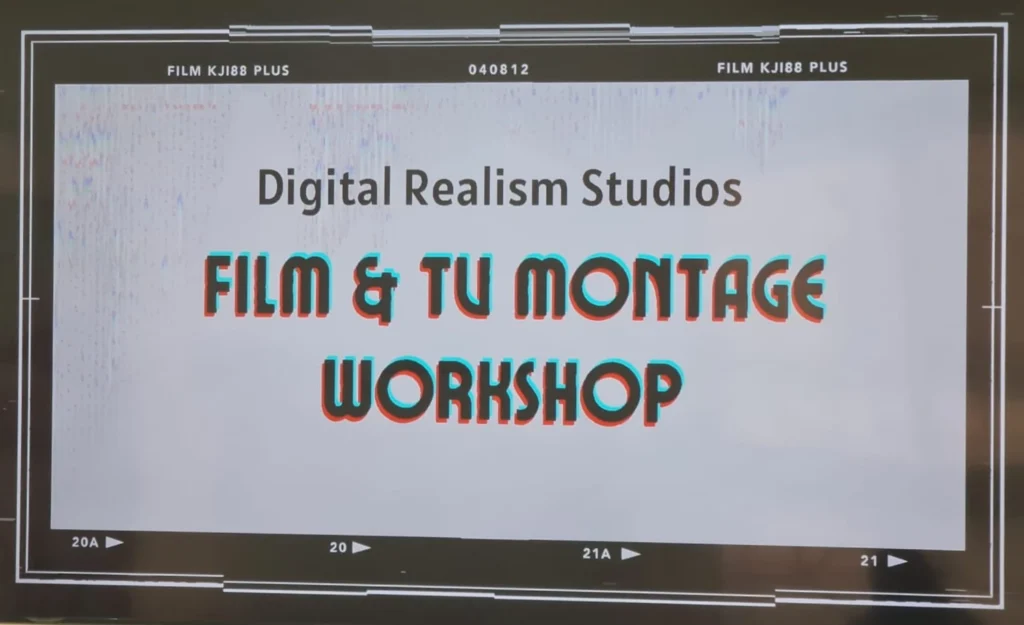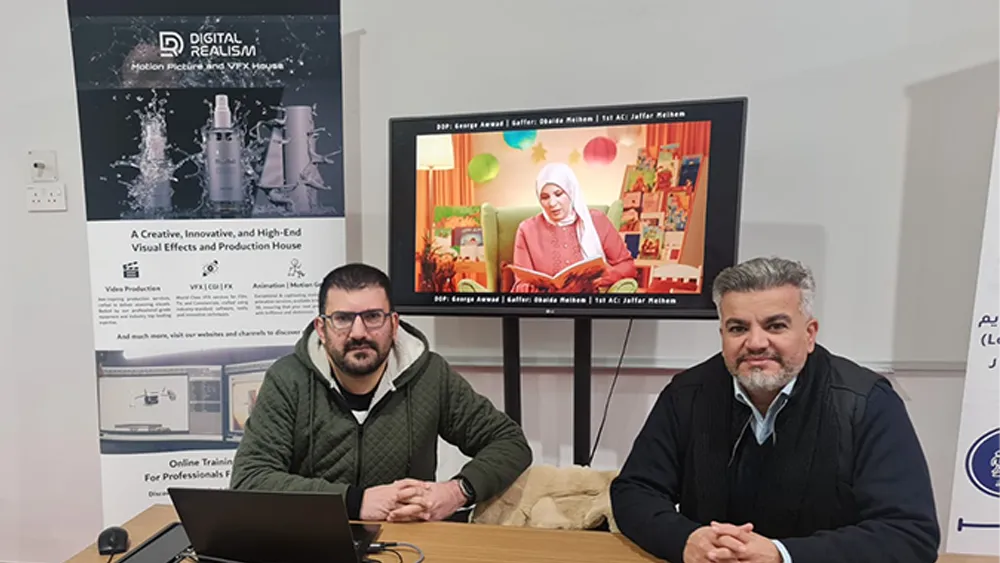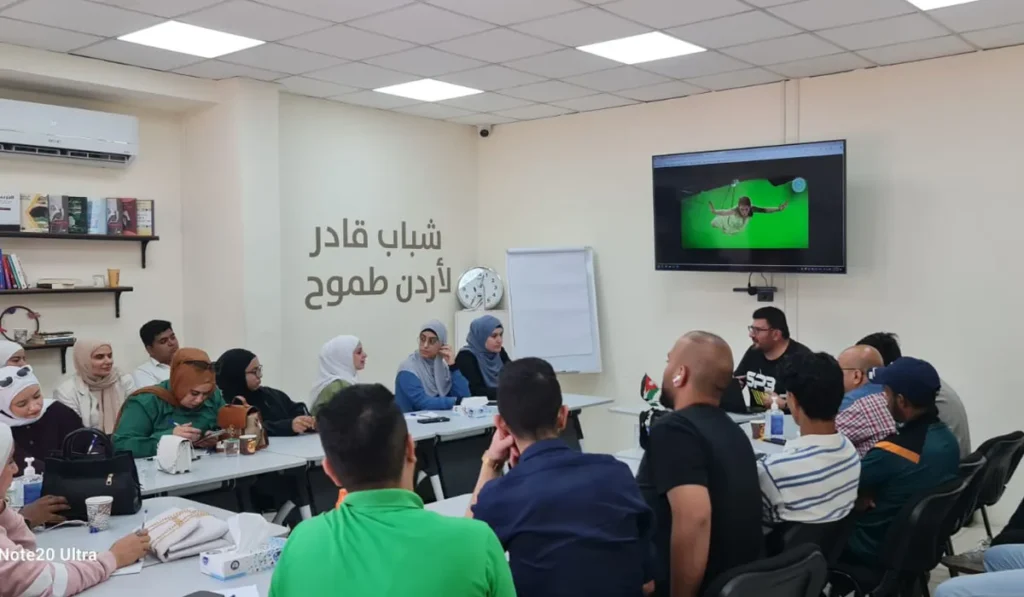The Craft of Making Virtual Worlds Feel True
Digital realism is the craft of making computer-generated worlds feel convincingly real—emotionally and visually—by blending classical art principles with modern rendering, simulation, and AI.
What Is Digital Realism?
Digital realism is the practice of building images and experiences that look and feel true to life using digital tools. It borrows the honesty of traditional realism—faithful form, light, and material—and supercharges it with today’s pipelines: 3D modeling, physically based rendering (PBR), simulation, and machine learning. The result is work that’s immersive, emotive, and production-ready for games, film, VR/AR, training, and design visualization.
Why It Matters?
Audiences now expect interactive worlds and cinematic moments that hold up to close scrutiny. As hardware and engines improve, the threshold for “real enough” rises—so the creative bar rises with it. Studios that master realism can deliver stories that stick and products that persuade, whether you’re selling a narrative, a prototype, or a place that hasn’t been built yet.
The Pillars of Convincing Realism
- Observation & intent: Reference drives everything—scale, proportion, and mood must reflect a clear creative goal.
- Form & detail: From micro-surface breakup to secondary motion, small truths add up to believability.
- Lighting that obeys physics: Accurate illumination, shadows, and color transport anchor images in reality.
- Materials that behave correctly: Skin, glass, fabric, metal—each with measured properties (IOR, roughness, subsurface) that interact with light as expected.
- Performance and polish: Stable frame rates, clean composition, and subtle animation sell the illusion.
The Artist–Engineer Blend
Digital realism isn’t just about button-pushing. It’s equal parts taste and tooling:
- Craft: Composition, silhouette, value control, and color theory.
- Technique: PBR texturing, UDIM workflows, rigging, grooming, and FX.
- Tech: Modern engines, ray/path tracing, global illumination, temporal denoising, and GPU acceleration.
- ML/AI assist: Auto-retopology, upscaling, generative look-dev, and neural rendering to iterate faster without losing intent.
Where You See It?
- Games: Story-forward titles use lifelike environments, facial capture, and physically grounded VFX to deepen immersion.
- Cinema & streaming: Virtual production, LED volumes, and high-fidelity CG extend sets and worlds while keeping actors in real light.
- VR/AR/MR: Real-time realism makes training, therapy, and education safer and more effective.
- Design & archviz: Photoreal product shots and walkthroughs accelerate decisions before anything is fabricated.
- Simulation: Flight, medical, and industrial sims rely on realism for high-stakes practice.
Tech That’s Moving the Needle
- Path tracing & real-time GI: Truer light transport with fewer hacks.
- Photogrammetry & scans: Reality-capture for instant texture richness.
- Physics & solvers: Cloth, hair, fluids, and destruction that behave credibly.
- Proceduralism: Nodes and rules to generate complexity at scale.
- Neural tools: Denoisers, segmenters, and generative models to speed look-dev and compositing.
Realism vs. Style: Finding the Sweet Spot
Pure accuracy can feel sterile. Memorable work often nudges reality—selective contrast, exaggerated timing, stylized color—to support story and mood. The trick is intentionality: know the rule, then bend it on purpose.
A Practical Balancing Checklist
- What should the audience feel in this moment?
- Which details matter at the viewing distance?
- Where can style amplify clarity without breaking believability?
- Are we spending computation where the eye actually looks?
A Lightweight Production Recipe
- Reference lock: Boards, surveys, and a style bible.
- Block-in: Big shapes, cameras, and lighting direction first.
- Material pass: PBR values grounded in measured data.
- Lighting pass: Key, fill, bounce; test in motion.
- Detailing: Secondary motion, decals, edge wear, and FX.
- Performance: Profiling, LODs, and texture budgets.
- Review loop: A/B tests and viewer-distance checks.
- Final grade: Unify contrast and color for the intended display.
What’s Next
Expect more believable faces and crowds, faster global illumination in real time, and smarter tools that turn rough concepts into shippable looks. As the tools vanish into the workflow, taste, direction, and storytelling become the true differentiators.
Quick Glossary
- PBR (Physically Based Rendering): Shading that models real material–light interaction.
- Ray/Path Tracing: Simulating light paths for accurate reflections, refractions, and bounce light.
- Subsurface Scattering (SSS): Light transport beneath translucent materials like skin and wax.
- Photogrammetry: Building 3D assets from photo sets.
- Neural Rendering: ML-assisted synthesis and interpolation for images and scenes.




